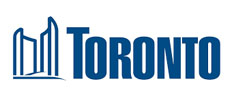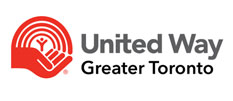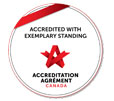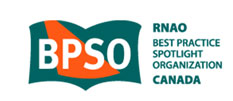Project: Strengthening Medication Administration Practice with a Focus on Palliative Care
Safe medication administration is a key nursing priority at VHA. With a commitment to support “greater choice for end-of-life care” as part of the Ministry of Health’s “Patient’s First Agenda: A Roadmap to Strengthen Home and Community Care”, VHA has been delivering more and more palliative services to clients who choose to live their final days at home.
Pain and symptom management are a key care need for this population, and the administration of opioid and other-symptom based medications is a frequent, core nursing function. As part of continuous quality improvement, VHA’s Safe Medication Management Action Team embarked on a detailed analysis of safe administration of opioids (pain medication), specific to palliative nursing service.
The Action Team, embarked on a quality improvement approach which consisted of the following:
- an internal and external scan of existing best practices and resources
- focused, detailed analysis of clinical opioid administration case events in palliative programs
This revealed many strong, foundational practice components VHA already had in place, such as a robust clinical medication administration policy including a supporting medication administration training module, and a comprehensive clinical orientation to palliative care.
It also identified areas where we could strengthen our protocols, particularly in challenging situations related to issues with medication orders, symptom response kits and medication pumps. We also saw need to support nurses in responding to complex, high-pressure situations requiring immediate action related to pain management – particularly during on-call and after hours situations.
With these priorities, the Action Team engaged VHA’s palliative nursing leadership and spoke with palliative nurses to understand their strategies for administering opioids safely and learn from those who have experienced a near miss or an error. Applying the “hierarchy of effectiveness”, derived from the Institute for Safe Medication Practices (ISMP) toolkit, our strategic focus was set on improvements that would have the greatest impact and widest adoption. This was a valuable approach for creating solutions that work!
Below is a summary of improvements that were actioned as a result of analysis.
- Reinforcement of our independent double check (IDC) and time out procedures, particularly in on-call, after-hour situations. This included clear contact options and information available to support nurses in completing IDCs imbedded in VHA’s related policy.
- Creation/provision of decision support tools to work through medication orders, particularly in situations where there is an order error or discrepancy.
- Education, including improving access to relevant training and information materials, incorporating opioid-specific medication scenarios in VHA’s nursing competency validation program, and developing case studies for training.
- Strengthening our palliative nursing on-call policy and training.
- Supporting documentation regarding palliative clinical care charting and implementing palliative-specific chart audits.
- This also provided an opportunity to standardize our organizational debriefing protocol and template.
We are pleased to have implemented these improvements in our care and continue to monitor related client safety events through our Client Safety Advisory Group on an ongoing basis.



